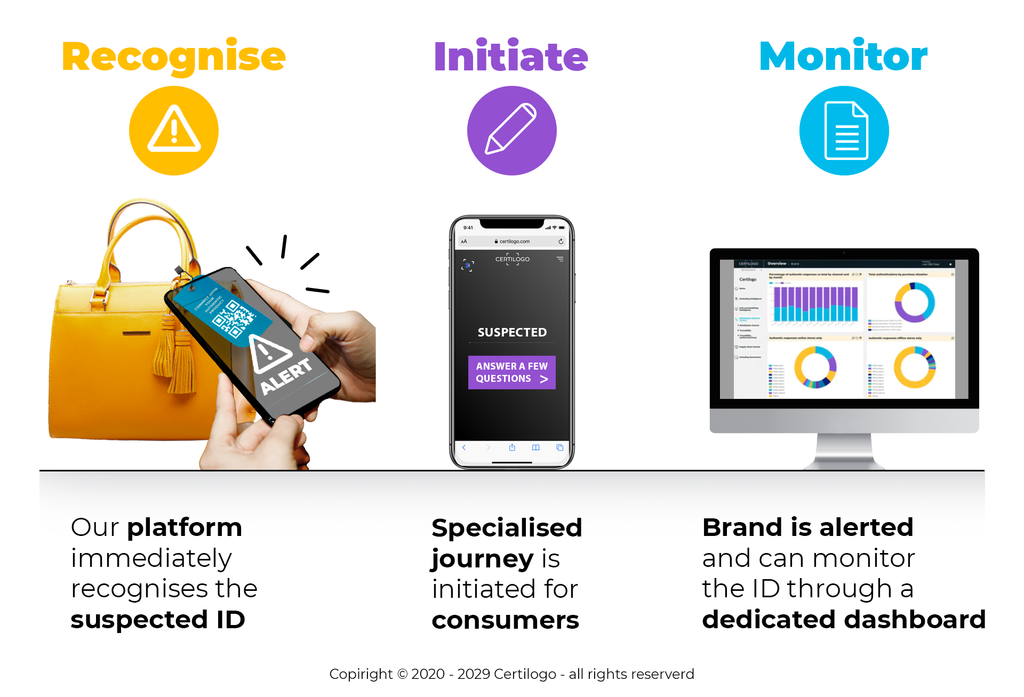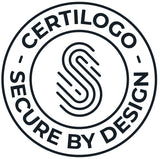Lessons from the Chanel trial: time to up your anti-counterfeiting game
How the risky business of unsecured digital product IDs harms your brand.
The highly anticipated trial between Chanel and luxury vintage reseller, What Goes Around Comes Around, recently concluded in New York City, with a jury voting in favor of Chanel on all four counts which included false association, trademark infringement, counterfeiting, and false advertising.
The role of counterfeiting
One of the main points that emerged from the trial was the news that 30.000 genuine authenticity cards with serial numbers had been stolen from Chanel’s manufacturing site in Milan. Although Chanel claims to have retrieved the cards and voided their serial numbers in their system, these cards still reappeared on the market several years later and were unfortunately attached to counterfeit products that were later sold by WGACA.
While the court has ruled in favor of Chanel, the case has laid bare the real risks brands and secondhand marketplaces can incur in terms of counterfeiting and the need to establish secure authentication to maintain consumer trust and enable circular models.
Why this matters for brands: not all digital ID authentication processes are equal
To enable circular models, digital IDs must not only provide secure authentication, but must also be designed to effectively warn the market about the potential use of stolen cards on counterfeit goods.
As Seth Weisser co-founder and CEO of What Goes Around Comes Around attested after the verdict: “Today’s verdict was not about not selling a counterfeit, it was about WGACA selling items which were voided in Chanel’s database. Without any access to this database the resale industry would not know the status of these serial numbers.”
When digital authentication is easily accessible and the system is designed to instantly identify fake or stolen goods, both the brand and secondhand market are protected, as this leaves no excuses for buying and selling counterfeit products with stolen authentic cards unknowingly.
What Secure by Design™ means for digital authentication
Through the multi-layered Secure by Design™ method, Certilogo’s digital authentication system recognises stolen cards immediately and can warn resellers and buyers accordingly.
With almost two decades of expertise and hands-on experience in anti-counterfeiting, the Secure by Design™ system is renowned across the fashion and luxury industry for helping brands combat these types of issues.

- Our process:
-
Certilogo’s system segregates stolen digital identities, recognises them, and initiates a specialized customer journey. The data captured by scanning the unique QR code on the individual product is analyzed in real-time by a proprietary Fraud Detection System, based on Artificial Intelligence, that manages and identifies the illicit product instantly.
- The result:
- The reseller and brand are protected: the consumer does not buy a counterfeit product and the brand is notified when and where the Digital ID pops up in the market and can act accordingly.
- Everyone wins (except the counterfeiter!):
- Our system turns a complex and controversial situation in which all the parties are victims eventually, into a virtuous process that creates opportunities for cooperation and ultimately fights counterfeiting in a tangible, effective way.
The impact of the verdict
In an economy that is increasingly dedicated to sustainable and circular business models, the verdict is an alarm bell for both brands and secondhand marketplaces who must reinforce their own authentication processes to account for the increasingly evolved and pernicious counterfeit market. The one thing we know for sure is that the real loser is the customer who purchases a counterfeit product under the guise of authenticity.

At Certilogo we understand the damage counterfeit products can have on a brand’s reputation and revenue, and that the failure to secure connected products voids a brand’s investments into product connection technologies that start from traceability and go all the way down to consumer-facing circular services.
Interested in learning more about how our Secure by Design™ approach can protect your brand, products and investment? Contact US






















